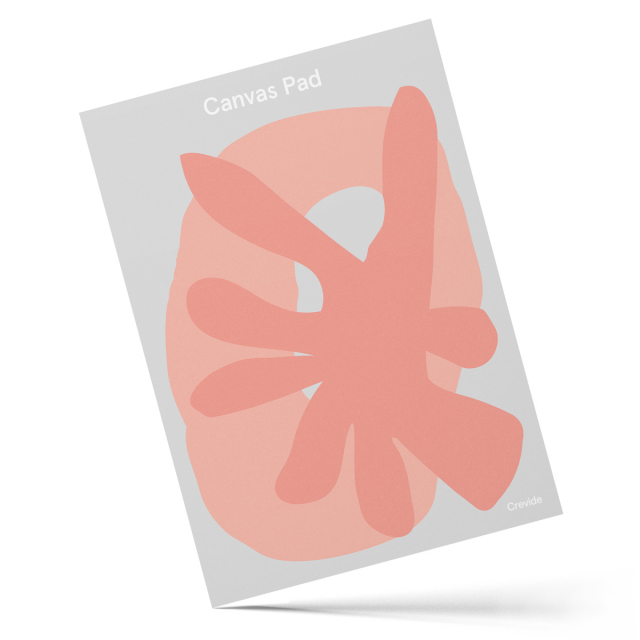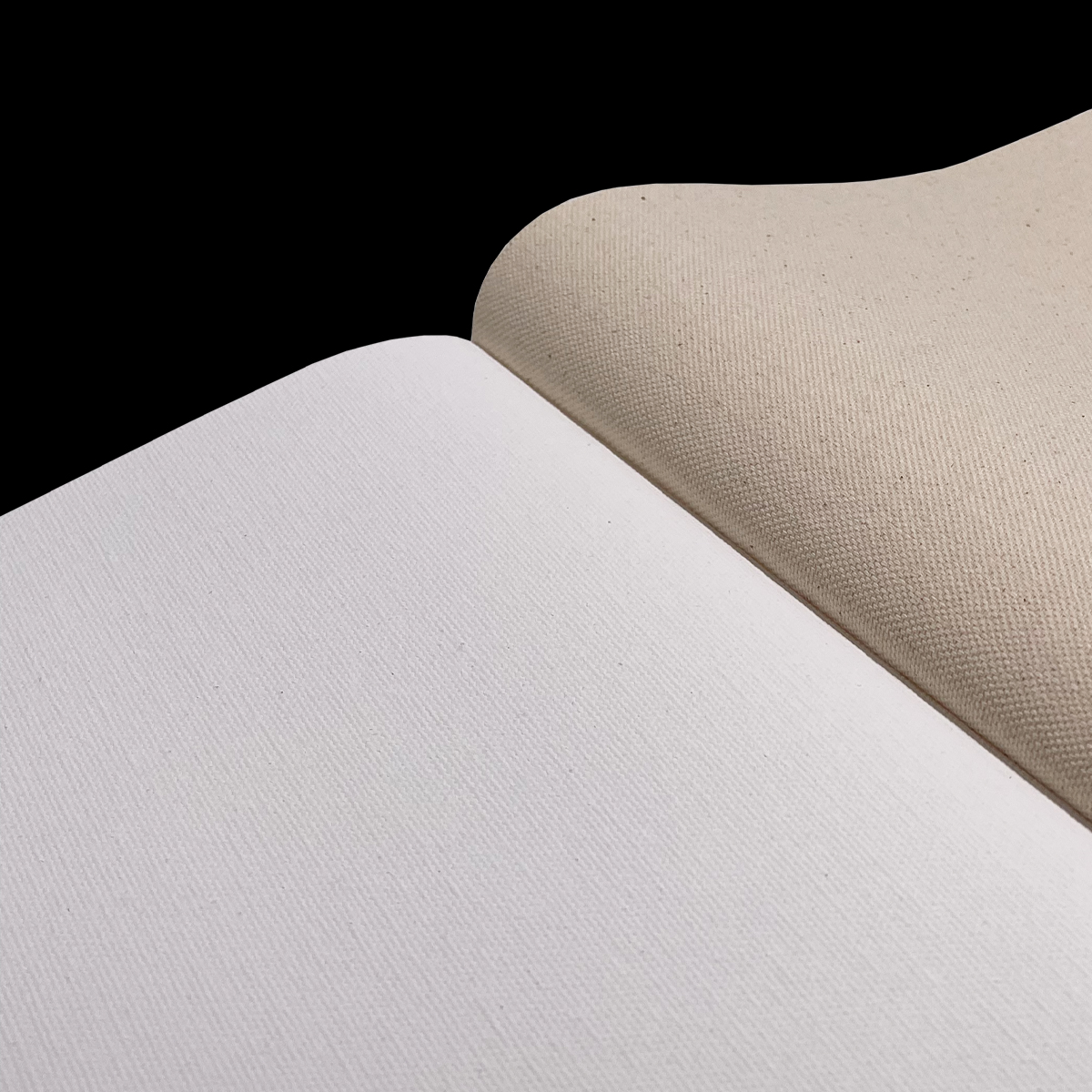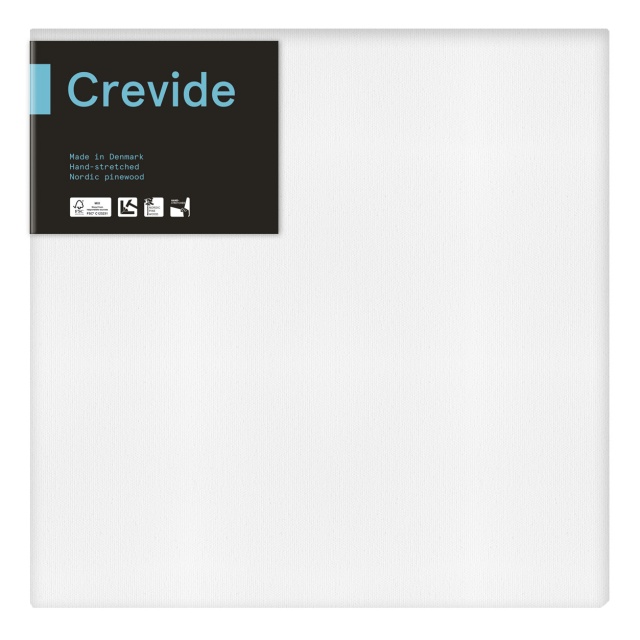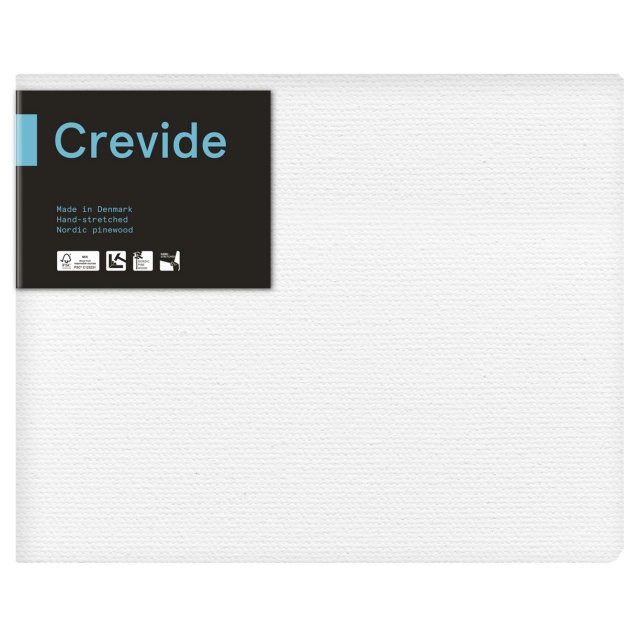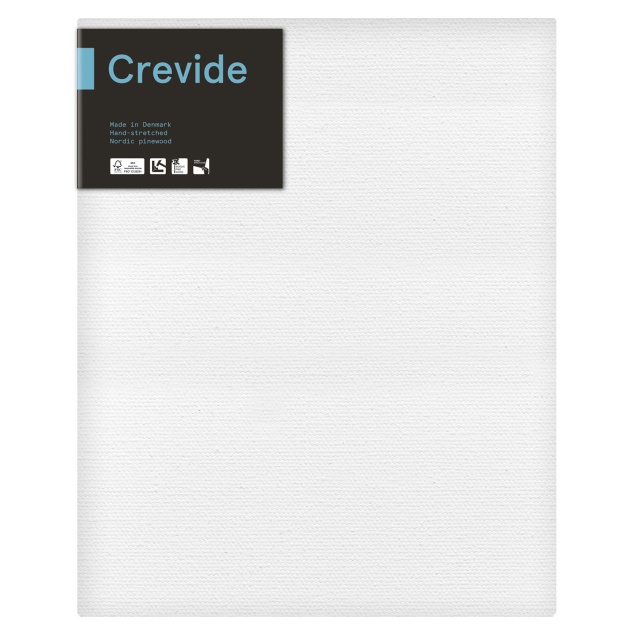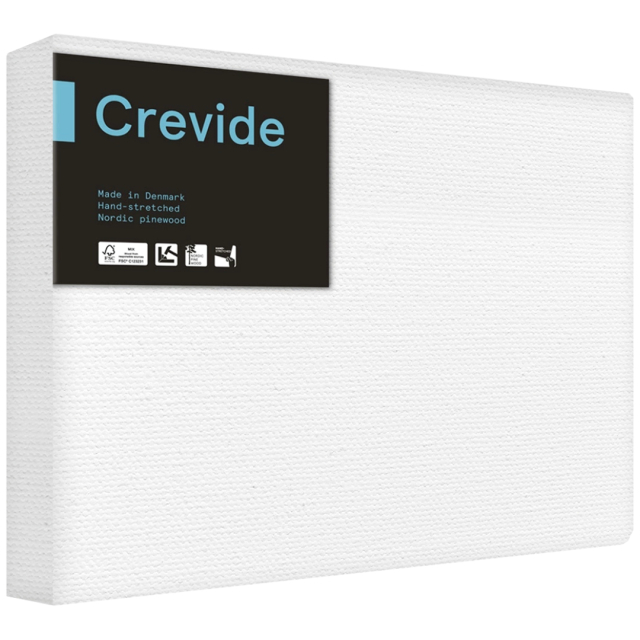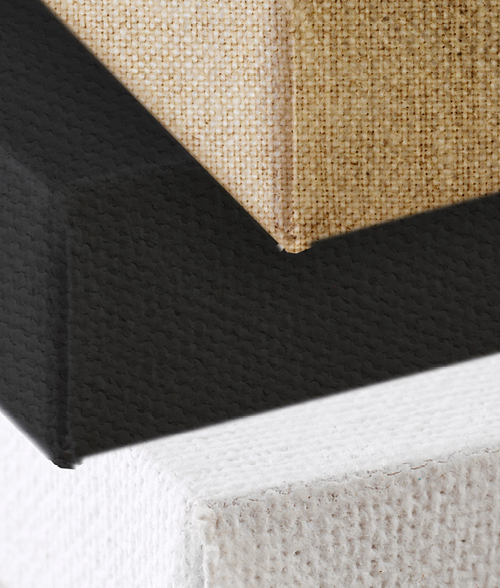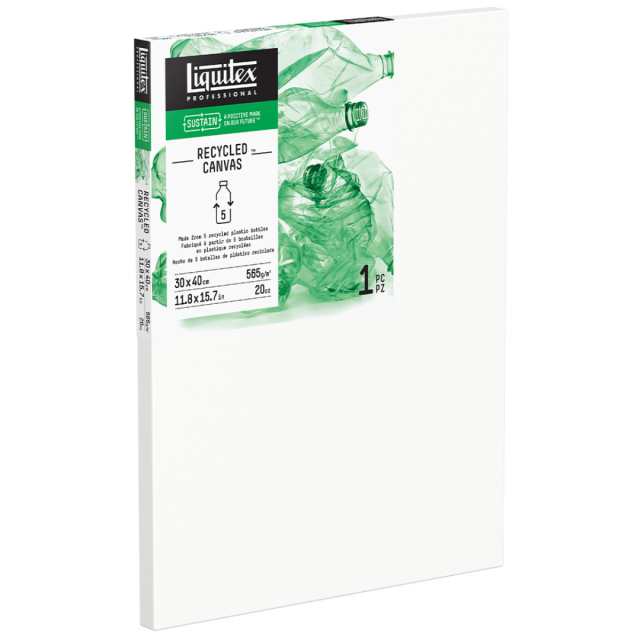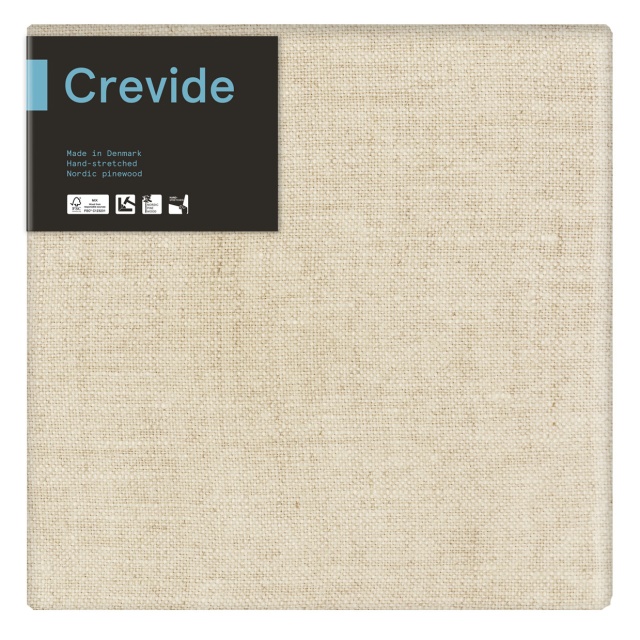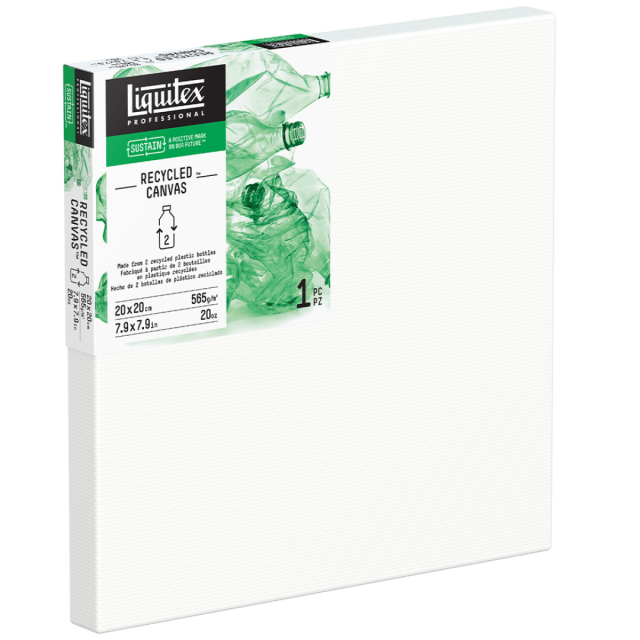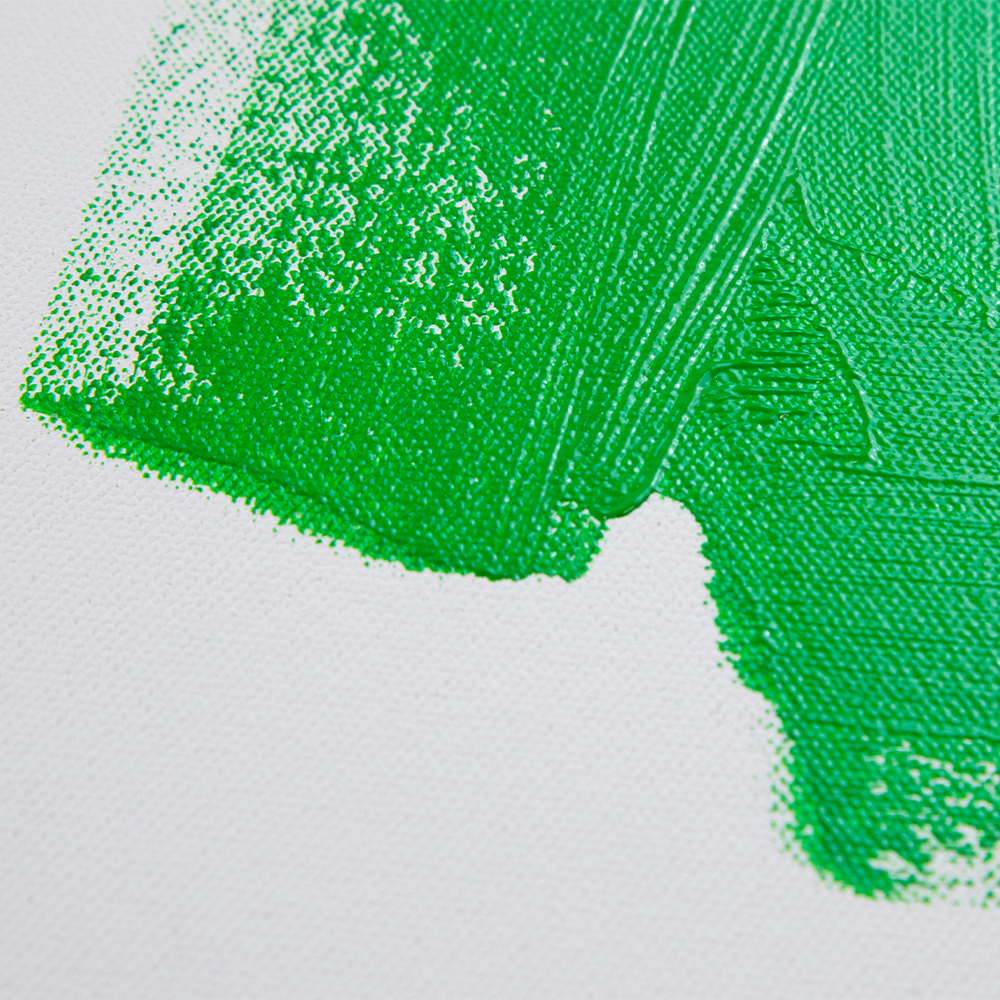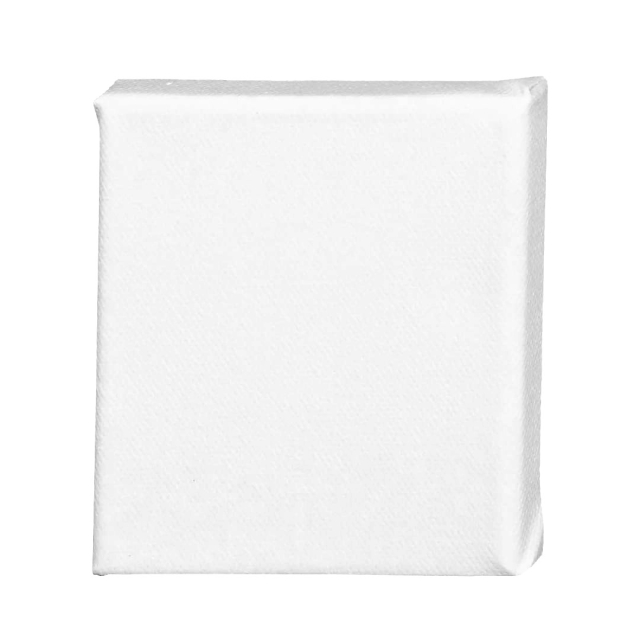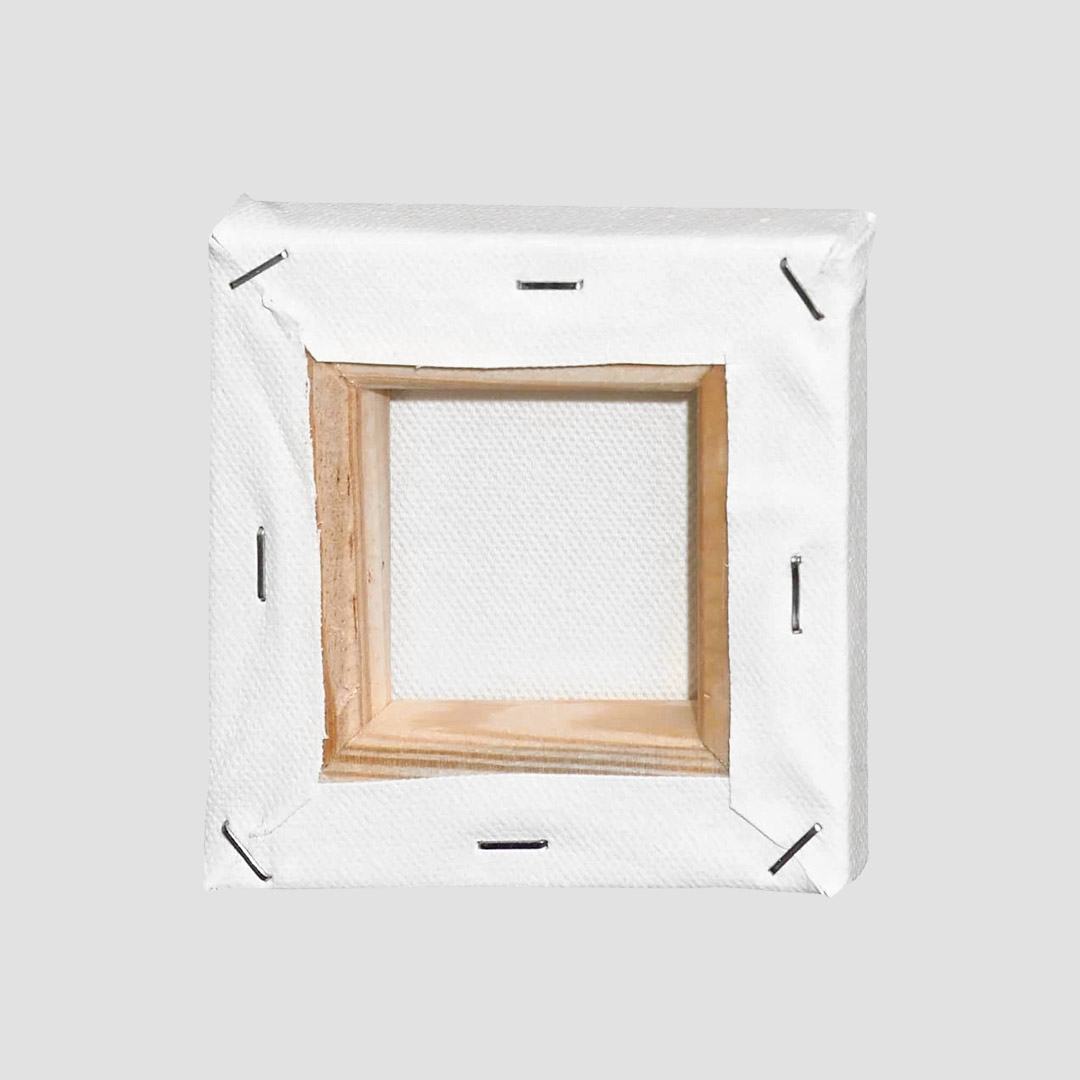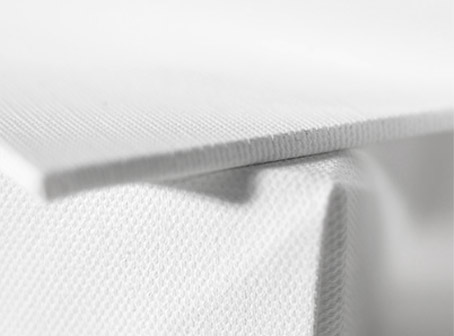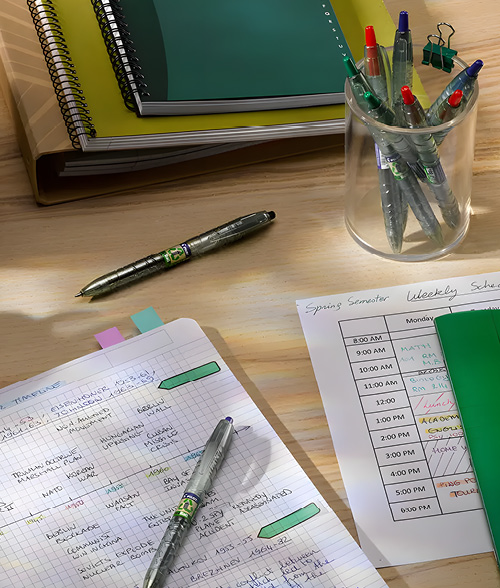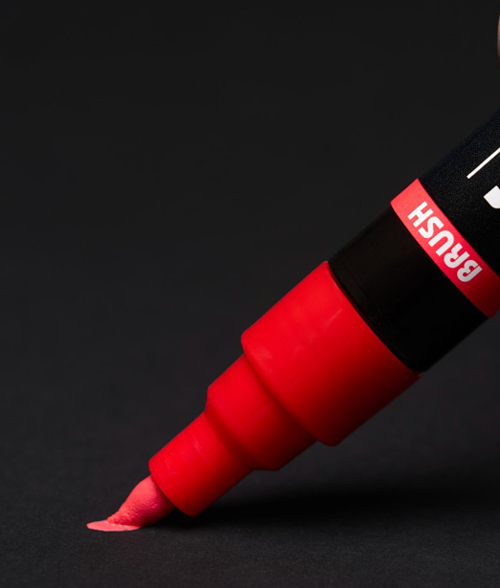Choosing the right canvas is an important step for both beginners and experienced artists. Whether you're painting with acrylics, oils, or watercolours, the canvas plays a crucial role in the final result. In this guide, we’ll explore the different types of artist canvases, their advantages and disadvantages, and what to keep in mind when selecting a canvas for your next piece.

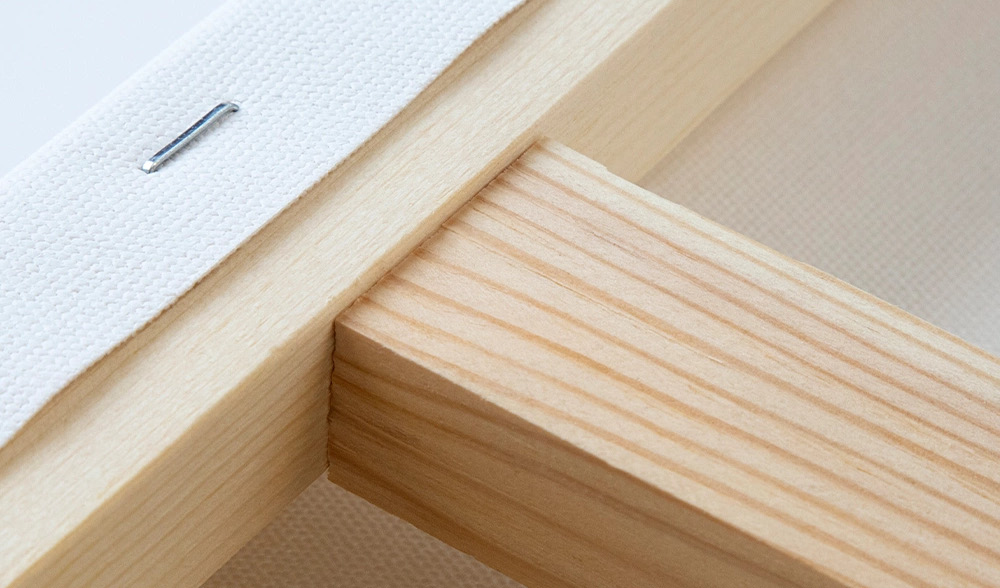
What is a canvas?
A canvas is a fabric material stretched over a frame and used as a painting surface. Common materials for artist canvases include linen, cotton and synthetic fibres. They come in various textures and thicknesses to suit different painting techniques and preferences.
Types of canvases
Understanding the different types of canvases can help you make a more informed choice. Here are some of the most common types available on the market:
-
Linen Canvases
Pros: Linen canvases are known for their durability and strength. They have a naturally fine texture, offering a smooth surface ideal for detailed work.
Cons: Linen canvases are usually more expensive than other options and often require more preparation and priming. -
Cotton Canvases
Pros: Cotton canvases are more affordable than linen and are a popular choice for beginners. They’re easy to work with and perform well with both acrylic and oil paints.
Cons: Cotton tends to have a coarser texture and is generally less durable than linen. -
Synthetic Canvases
Pros: Synthetic canvases are usually more budget-friendly and resistant to moisture and mould. They are also lightweight and durable.
Cons: They may lack the natural feel and texture that cotton and linen offer.
Important factors to consider when choosing a canvas
When choosing a canvas, there are several important factors to consider. Here are some of the key ones:
-
Material
Your choice between linen, cotton or synthetic fibres will impact both the durability and the appearance of your artwork. Consider which material best matches your needs and budget.
-
Size and Format
Think about the size that suits your project. Smaller canvases are great for detailed work, while larger canvases offer more space for expressive brushstrokes.
-
Texture
Different textures suit different painting styles. A finer texture is ideal for detail, while a rougher surface works well for bold, expressive strokes.
-
Preparation and Priming
Check whether the canvas is pre-primed. A pre-primed canvas saves time, but some artists prefer to prime their own surface to achieve the exact result they want.
Choosing a canvas based on painting technique
-
For acrylic painting
Cotton canvases are an excellent choice because they are affordable and easy to find. Acrylics are flexible paints that work well on a slightly textured surface.
See all canvases suitable for acrylic paint → -
For oil painting
Linen canvases are often the best choice due to their durability and stability. Oil paints can be heavy, so a stronger canvas is recommended.
See all canvases suitable for oil paint → -
For watercolour painting
Choose a canvas specifically designed for watercolour, or consider using watercolour paper instead. Watercolour requires a surface that can absorb and hold the paint without bleeding.
See all canvases suitable for watercolour paint → -
For gouache painting
Set yourself up for success when painting with gouache. A high-quality cotton or linen canvas offers a smooth surface that holds the paint well and enhances the unique properties of gouache.
See all canvases suitable for gouache paint →
Frequently Asked Questions About Canvases
How do I prepare my canvas for painting?
Preparing a canvas is a key step to ensure your paint adheres properly and your final result turns out as expected. Preparation methods vary depending on the type of paint you’re using acrylic, oil or watercolour, and the effect you want to achieve.
How should I store my canvases?
Store your canvases in a clean, dry space away from direct sunlight to avoid moisture and fading.
Still Unsure?
Choosing the right canvas is a crucial part of your painting process. By understanding the differences between materials, sizes and preparations, you can make sure you’ve got the best surface for your artwork. Whether you're a beginner or a seasoned artist, taking the time to choose the right canvas will help you get the most out of your creative vision.
If you're still unsure, feel free to contact our customer service for personalised recommendations. You’ll find our contact details here →
 United Kingdom (GBP)
United Kingdom (GBP)
